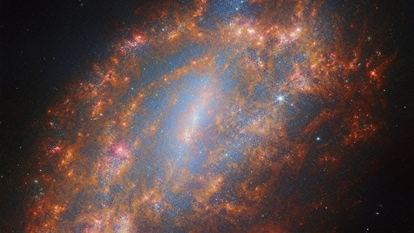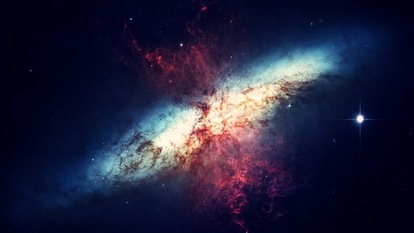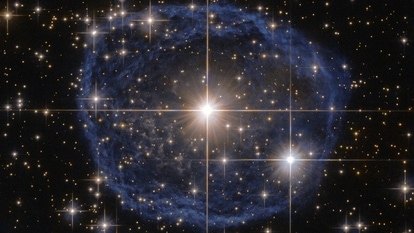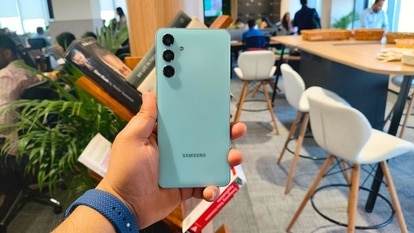Jupiter's moons habitable? NASA's Clipper and ESA's JUICE to find out
NASA’s Clipper and ESA’s JUICE will soon track signs of habitability on Jupiter’s icy moons. Here’s how.
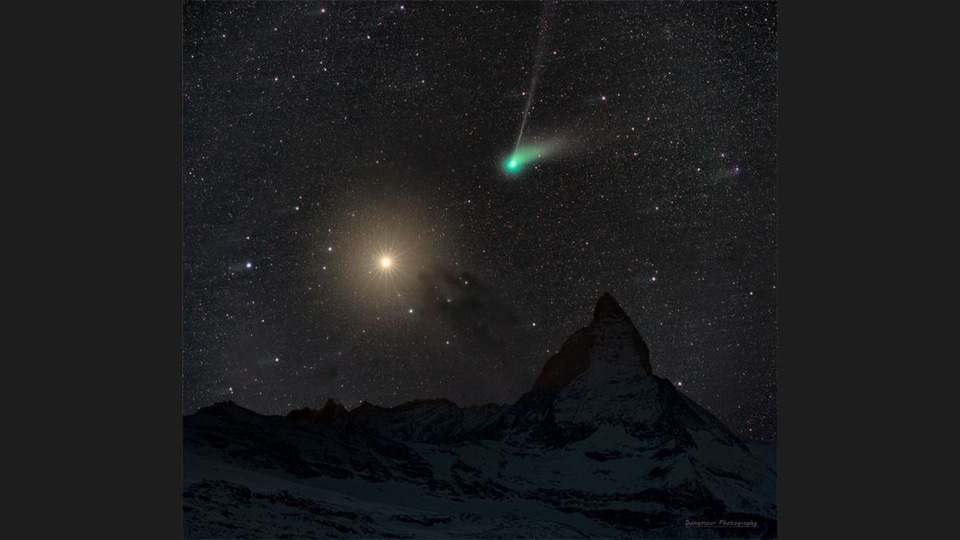
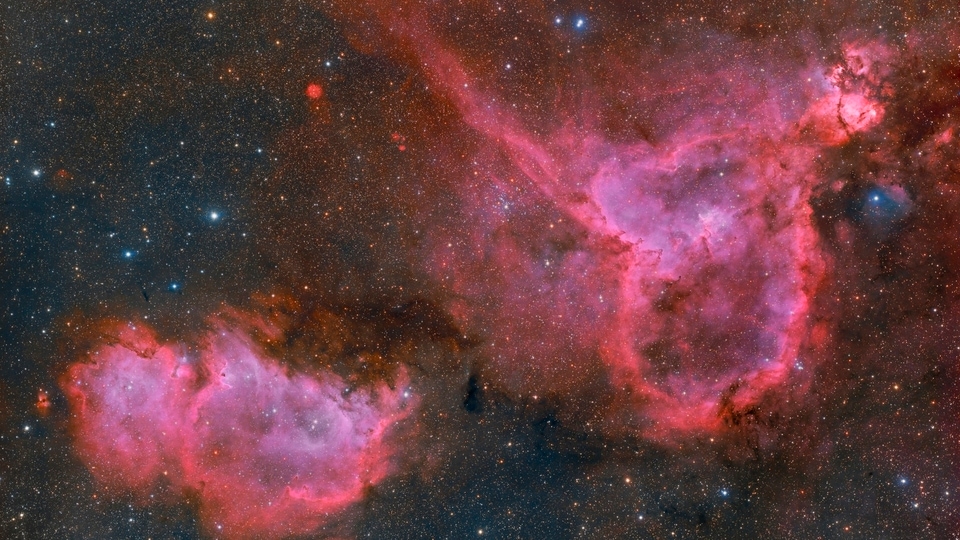
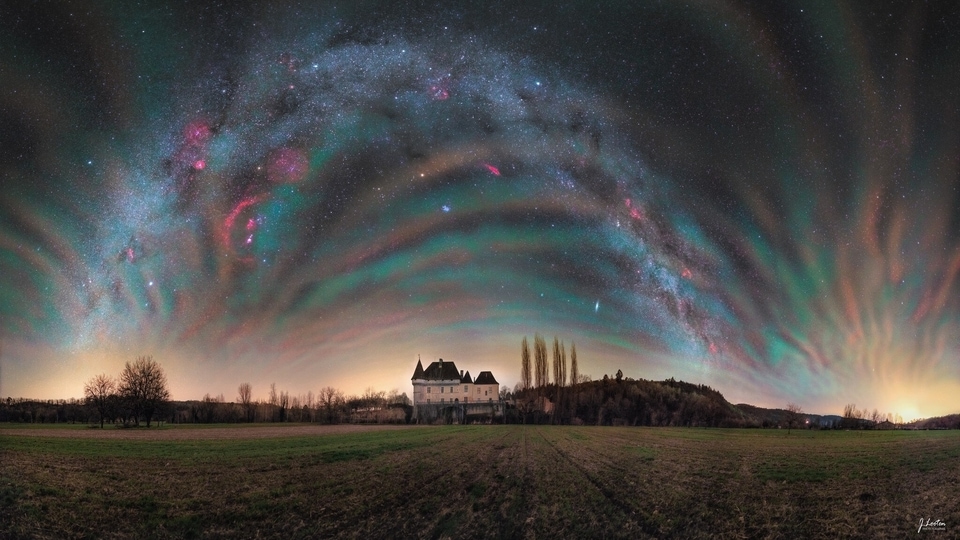

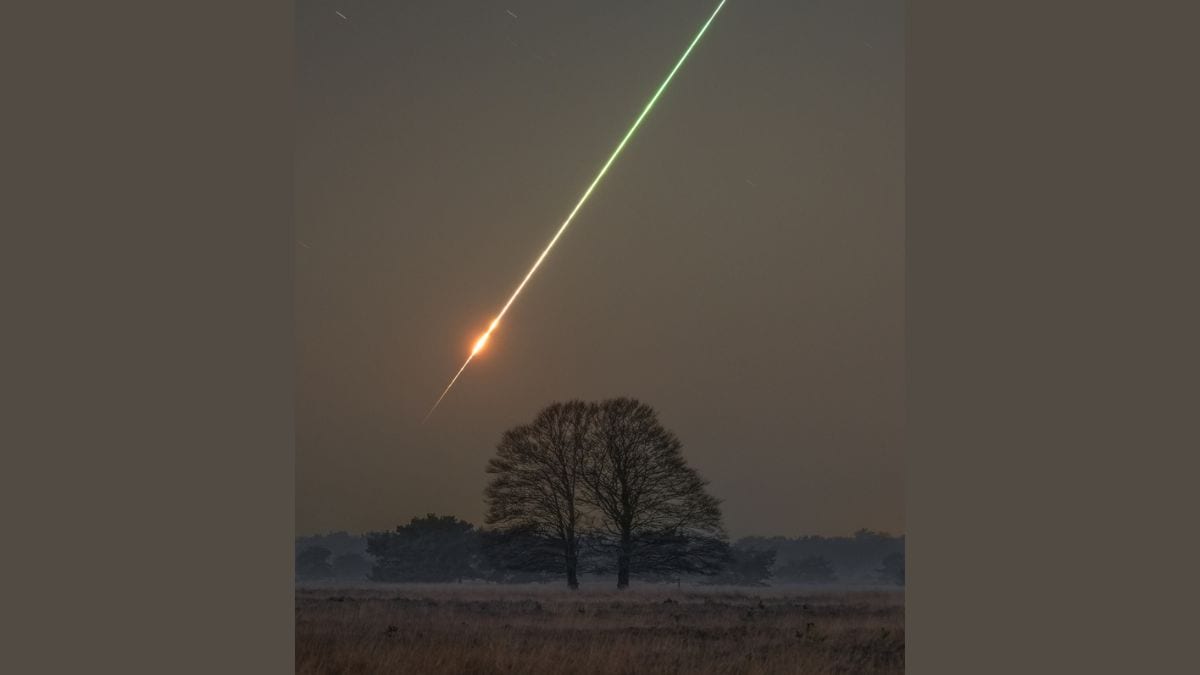
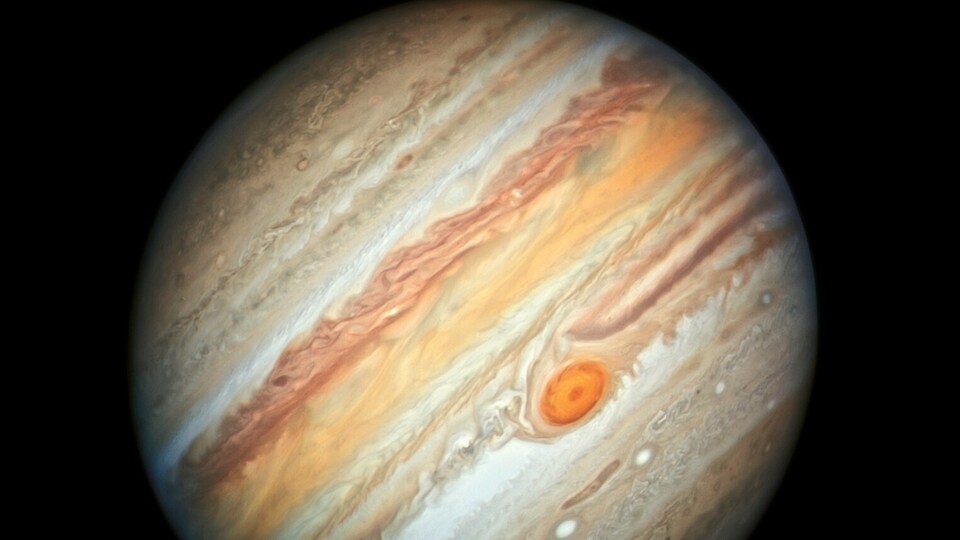
 View all Images
View all ImagesJupiter's large icy moons hold numerous secrets which are still unexplored. ESA's JUICE spacecraft, short for Jupiter Icy Moons Explorer, is set to embark on a mission to visit the largest planet in our solar system. JUICE's journey to Jupiter will take a total of eight years, during which it will utilize gravitational assistance from Earth, Venus, and Mars to conserve fuel. While reaching Jupiter in July 2031, the spacecraft powered by the sun will use its 10 science instruments to investigate three of the four largest moons orbiting the giant planet - Europa, Ganymede, and Callisto - all believed to possess subsurface oceans, Scientific American reported.
However, among these moons, ESA's JUICE will primarily focus on Ganymede, which happens to be the largest moon in the entire solar system. ESA is not alone in pursuing exploration of the giant planet of the solar system. The report further mentions that the genesis of what would later become JUICE occurred through a collaboration with NASA known as the Europa Jupiter System Mission (EJSM) in 2008. However, funding issues later led NASA to pull the plug for EJSM. The project initially known as the Europa Multiple Flyby Mission was eventually renamed Europa Clipper by the United States, taking inspiration from the term "clipper".
Clipper and JUICE partnership
The international partnership between Clipper and JUICE was revived later. “To have two spacecraft in the same system will be really fantastic,” the report quoted Olivier Witasse at ESA, the project scientist for JUICE. A group of around 20 scientists from both missions virtually meet every week as part of the JUICE-Clipper Steering Committee, working to devise plans for how the two spacecraft can align their efforts upon reaching Jupiter.
The plan is that following the arrival of JUICE into Ganymede's orbit in December 2034, it will conduct a comprehensive examination of the moon's surface and investigate its magnetic field. These critical tasks are essential for future endeavours to chart the inner aquatic layers of the moon. JUICE will begin its mission from a high position of 5,000 kilometres above Ganymede. Over a duration of nine months, the spacecraft will gradually decrease its altitude to a mere 200 kilometres above the moon's surface. And at the mission's conclusion in 2035, JUICE will deliberately crash into the surface to prevent the possibility of debris contaminating Europa.
Meanwhile, Clipper will perform a similar observation about Europa and its ocean.“It's a mini solar system. We're looking for potential habitats that can sustain life,” the report quoted Giuseppe Sarri, the project manager for JUICE at ESA.
Catch all the Latest Tech News, Mobile News, Laptop News, Gaming news, Wearables News , How To News, also keep up with us on Whatsapp channel,Twitter, Facebook, Google News, and Instagram. For our latest videos, subscribe to our YouTube channel.










